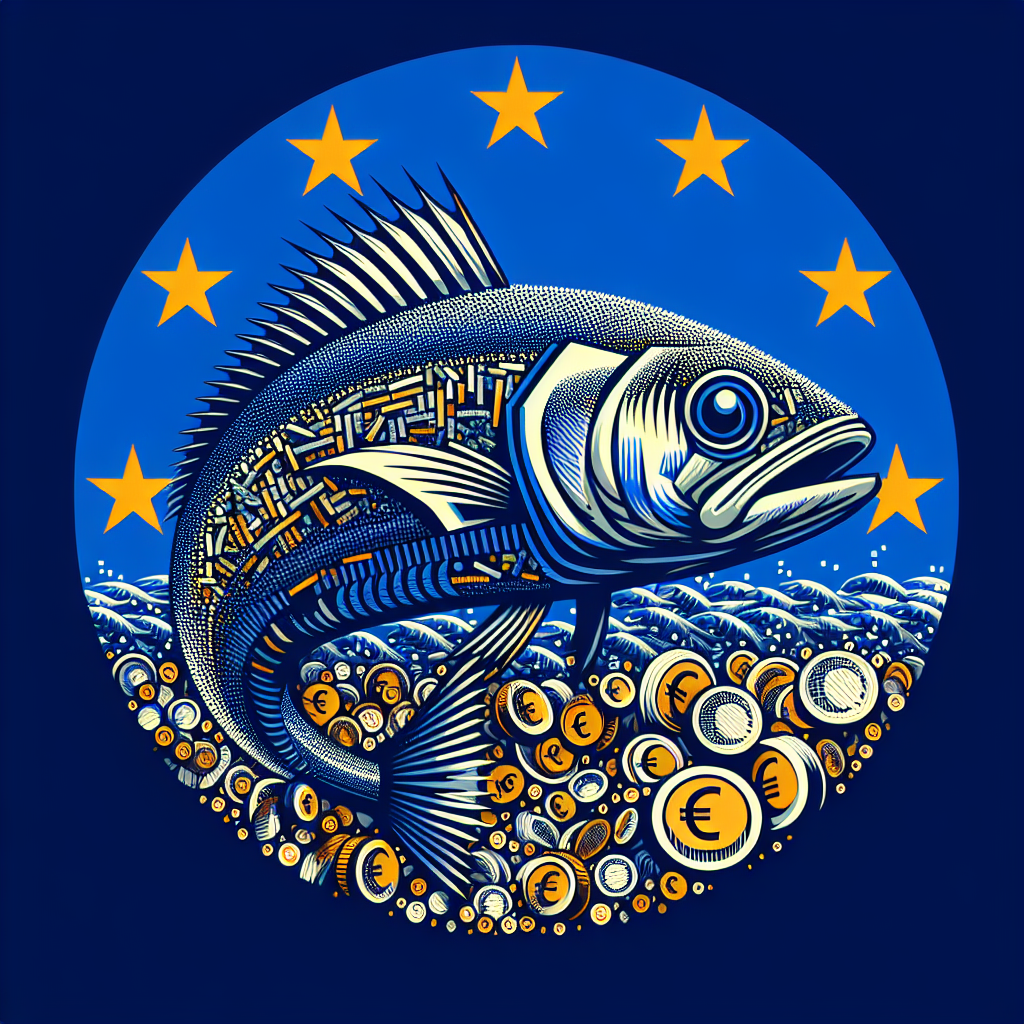In 2024, the total value of fishery products landed in the European Union reached 5.5 billion euros, with a catch volume of 3.2 million tonnes. This figure comes from the seven marine areas monitored by the community statistics, reaffirming the importance of the fishing sector in both the European economy and the food and culture of several member nations.
Spain stood out as the country with the highest landing value, representing 30% of the EU total. France followed, accumulating 16%, and Denmark with 13%. As for the weight of the catches, the Spanish fishing fleet once again leads the ranking with 21% of the total mass, while France and Denmark recorded 15% and 14%, respectively. These data highlight the competitiveness of the fishing industry in the region and its fundamental role in supporting numerous coastal communities.
The majority of EU fishing fleet catches were made in the Northeast Atlantic region, representing a significant 71% of the total. The predominant species in this area were herring, blue whiting, swordfish, and mackerel. On the other hand, the Mediterranean and the Black Sea contributed 9% of the total catch, with sardines and anchovies as the most relevant species, each representing 18%. In the Eastern Central Atlantic, 7% of the catches were recorded, with yellowfin tuna and horse mackerel standing out, accumulating 27% and 25%, respectively.
Furthermore, in the Western Indian Ocean, the total catch was 6%, dominated by three tuna species that encompassed 94% of the catches in that area. Finally, 5% of the European catch came from the Southwest Atlantic, where cod and squid were the most caught species.
These figures are particularly relevant in the context of World Fisheries Day, celebrated every November 21st, a moment to reflect on the sustainability of fishing practices and the conservation of marine ecosystems.
Referrer: MiMub in Spanish
